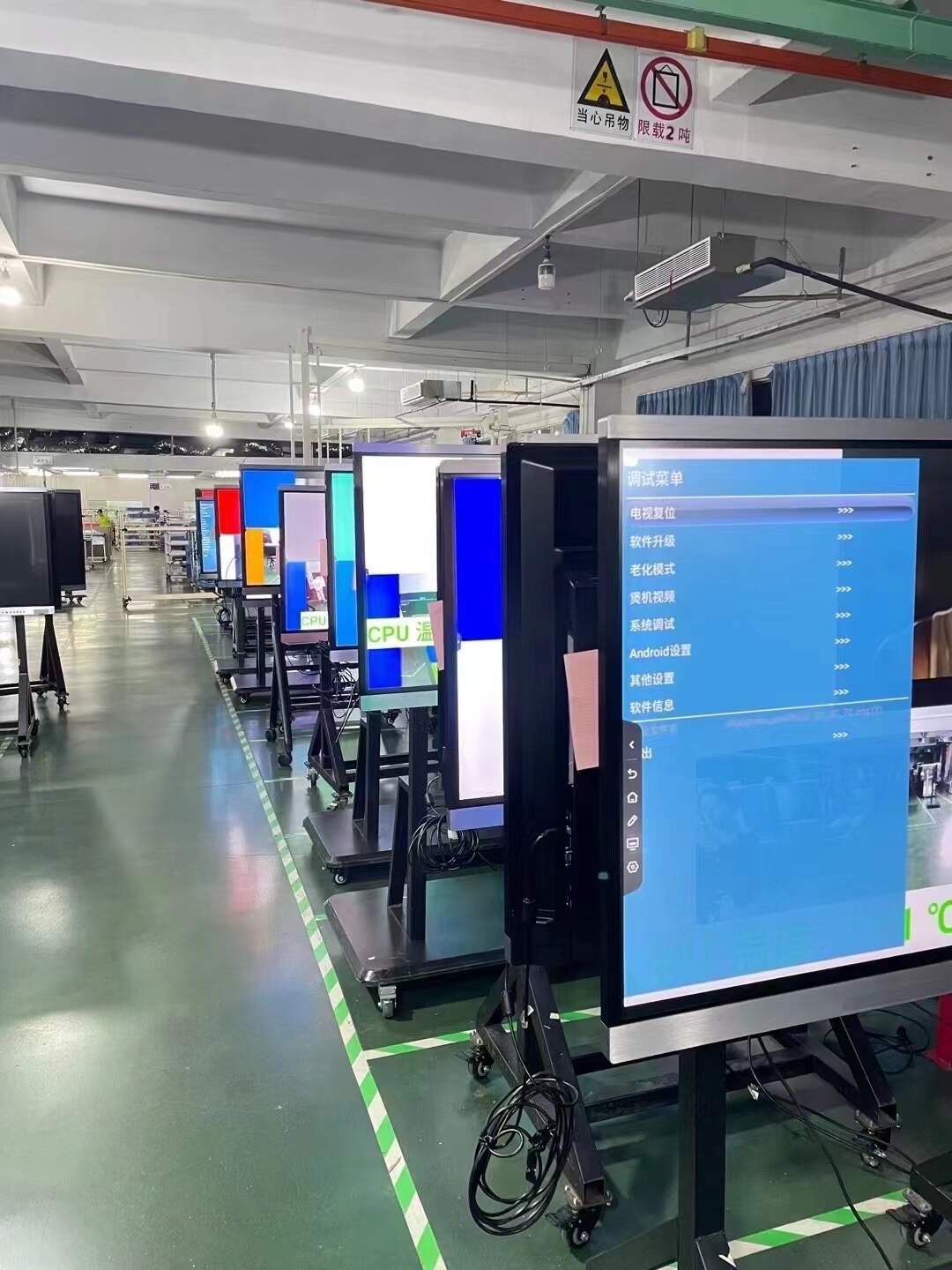In today’s world, displays have become an integral part of our daily lives. Whether we’re watching a movie on a TV screen, playing games on a monitor, or interacting with a touchscreen device, the quality and technology behind the displays play a crucial role in our experience. Over the years, display technology has undergone significant changes, evolving from traditional LCDs to more advanced technologies like OLED, Mini LED, and Micro LED. In this article, we’ll explore these display technologies, their evolution, and how to choose the right one for your needs.
The Rise of LCD: The Foundation of Modern Displays
Liquid Crystal Display (LCD) technology revolutionized the display industry when it emerged in the 1980s. Unlike traditional cathode-ray tube (CRT) displays, LCDs are thinner, lighter, and more energy-efficient. They use liquid crystals sandwiched between two layers of polarizing material to control light and create images. LCDs became the go-to technology for everything from televisions and computer monitors to smartphones and digital signage.
However, while LCDs offered significant improvements over CRTs in terms of size and energy efficiency, they have limitations in color reproduction, contrast, and viewing angles. These drawbacks led to the development of more advanced display technologies.
OLED: A Leap Towards Superior Visuals
Organic Light Emitting Diode (OLED) technology took display technology a step further by eliminating the need for a backlight, which is essential in LCD displays. In OLED displays, each pixel is made up of organic compounds that emit their own light when an electric current is applied. This results in deep blacks, vivid colors, and exceptional contrast ratios. The absence of a backlight also allows OLED displays to be thinner and more flexible, enabling curved and even foldable screens.
OLED displays are known for their vibrant color accuracy and true black levels, making them ideal for applications where high image quality is essential, such as in high-end televisions and professional monitors. However, one of the challenges with OLED technology is its susceptibility to burn-in, which can occur when static images are displayed for extended periods. This makes OLED less suitable for applications where static content is frequently shown, such as digital signage.
Mini LED: Bridging the Gap Between LCD and OLED
Mini LED technology is a step forward for LCD displays, offering many of the benefits of OLED without some of the drawbacks. Unlike traditional LCDs that use large LEDs for backlighting, Mini LED displays use much smaller LEDs to improve local dimming and provide better contrast ratios. This results in deeper blacks and brighter highlights, closer to the image quality seen in OLED displays, but without the risk of burn-in.
Mini LED displays also offer improved energy efficiency compared to traditional LCDs and are less prone to burn-in compared to OLED. They provide a middle ground for consumers who want better contrast and color performance than traditional LCDs but don't want to invest in OLED. Mini LED technology is often used in high-end televisions, gaming monitors, and even professional displays.
Micro LED: The Future of Displays?
Micro LED technology takes the best aspects of OLED and Mini LED and combines them to create a truly groundbreaking display technology. Like OLED, Micro LED displays don’t require a backlight because each individual pixel is made up of tiny inorganic LEDs that emit their own light. This allows for incredible contrast, brightness, and color accuracy.
What sets Micro LED apart is its scalability. Micro LEDs can be used to create displays of virtually any size, from small screens to massive walls of pixels. Additionally, Micro LED displays are not prone to burn-in, making them a highly durable option for various applications, including digital signage, large-scale displays, and even augmented reality (AR) and virtual reality (VR) headsets.
While Micro LED is still in its infancy and is currently more expensive than other technologies, it holds great potential for the future of display technology.
How to Choose the Right Display Technology?
When choosing the right display technology for your needs, there are several factors to consider:
-
Budget:
- LCD displays are the most affordable option, making them ideal for budget-conscious consumers.
- OLED offers superior image quality but at a premium price point, suitable for those who prioritize the best visual experience.
- Mini LED is a mid-range option that provides excellent image quality at a lower cost than OLED.
- Micro LED is currently the most expensive technology, but its future potential makes it worth considering for high-end applications.
-
Picture Quality:
- If you're looking for vibrant colors and deep blacks, OLED is the best choice.
- If you're willing to sacrifice some image quality for better durability and price, Mini LED can be a great alternative.
- Micro LED offers the best of both worlds, combining the advantages of OLED and Mini LED, but its cost may be a limiting factor for many consumers.
-
Use Case:
- LCD is still a great option for general use, such as in budget-friendly TVs and monitors.
- OLED is perfect for those who want the best picture quality, especially for watching movies or gaming.
- Mini LED works well for those looking for a balance between image quality and price, especially in applications like high-end televisions and gaming.
- Micro LED is ideal for large-scale applications, professional displays, and cutting-edge devices like AR/VR.
-
Durability and Longevity:
- LCD displays have a long lifespan and are durable, though they may suffer from color degradation over time.
- OLED displays, while offering exceptional quality, can be susceptible to burn-in, especially in environments where static images are displayed frequently.
- Mini LED offers better longevity than OLED, with less risk of burn-in.
- Micro LED is highly durable and long-lasting due to its inorganic nature, with no risk of burn-in.
Conclusion
The evolution of display technologies from LCD to OLED, Mini LED, and Micro LED has brought about significant improvements in image quality, energy efficiency, and design flexibility. While each technology has its unique strengths and weaknesses, choosing the right one ultimately depends on your specific needs and budget.
For those seeking the ultimate in picture quality, OLED remains the gold standard, while Mini LED offers an excellent balance of price and performance. Micro LED, though still in its early stages, shows great promise for the future, offering a perfect blend of brightness, contrast, and scalability.
By understanding the differences between these technologies and considering your requirements, you can make an informed decision and choose the display that best suits your needs



